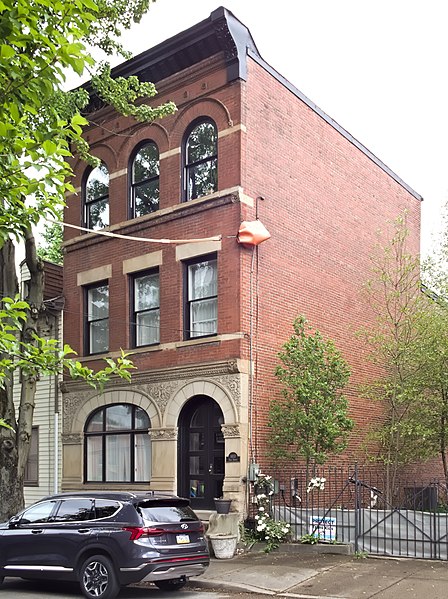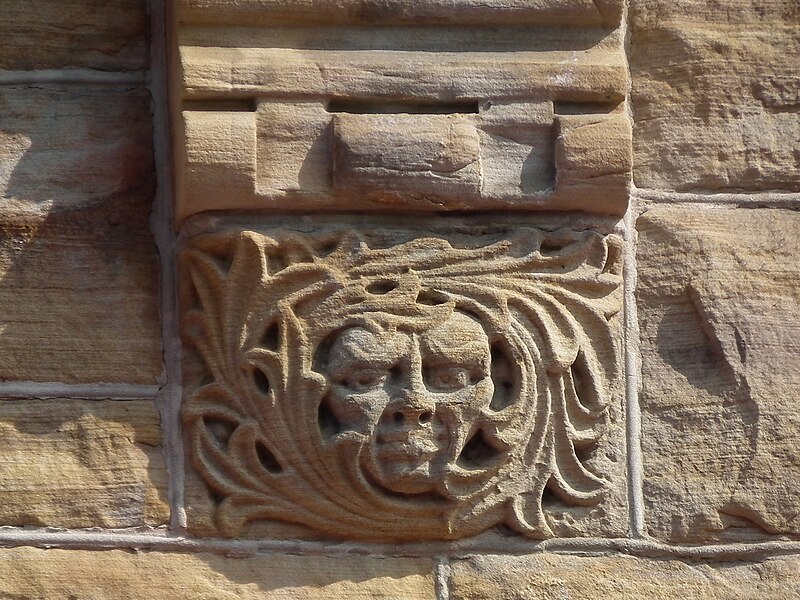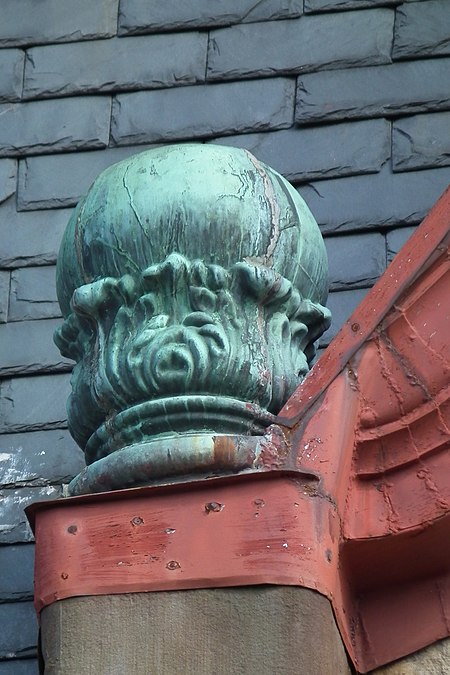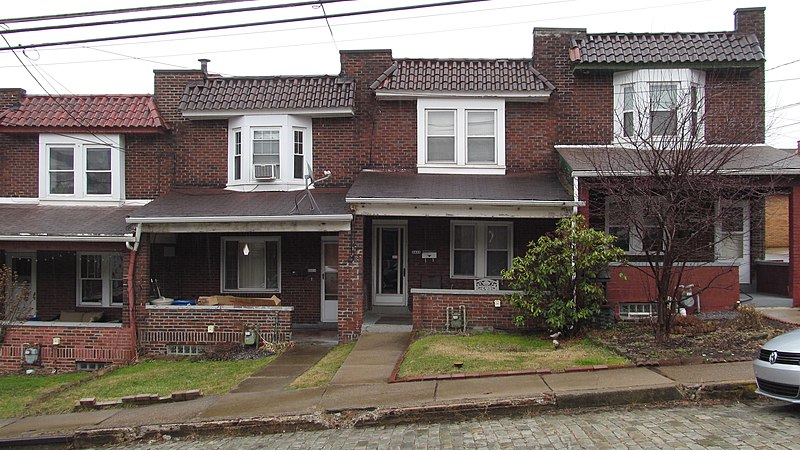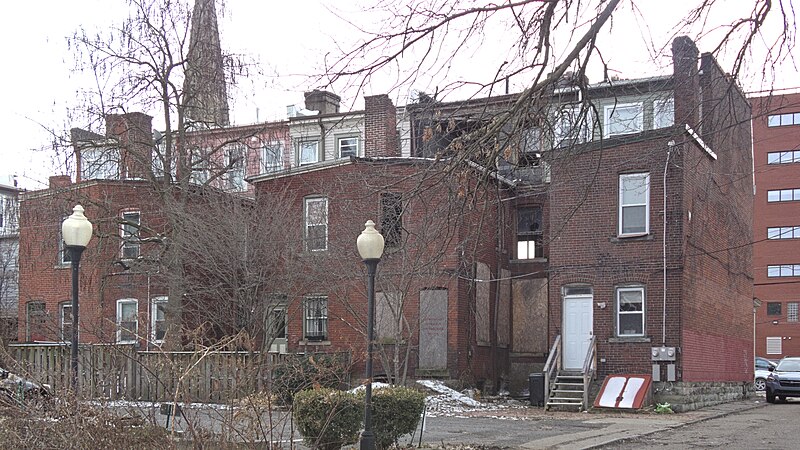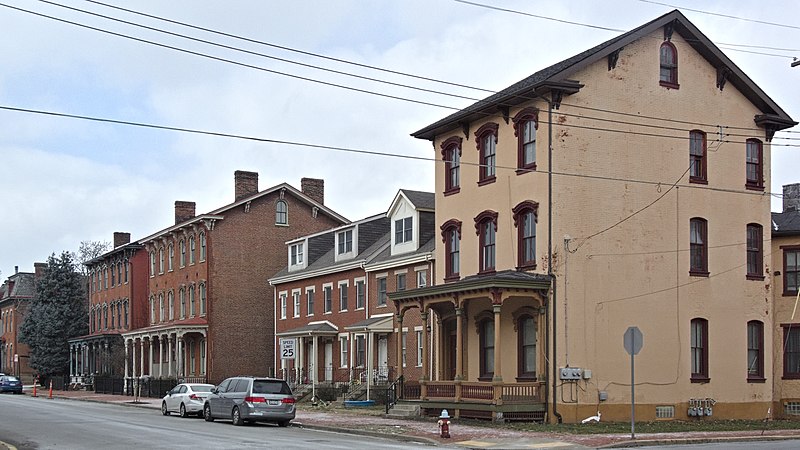
The acute angle of the intersection of Crosman Street with 18th Street on the South Side Slopes creates two odd-shaped lots filled with odd-shaped buildings, both of them irregular pentagons. Above, the one on the south side of Crosman is smashed up against a cliff, with a big billboard for its neighbor: South 18th Street is the old Brownsville Plank Road, and still the main route down from the South Hills neighborhoods to the South Side. Below, the house on the north corner sits at the head of a row of little Pittsburgh rowhouses, each of them altered according to the whims of decades of owners. The corner house is festooned with aluminum awnings; three of the other houses have aluminum awnings over the front doors, and two of them (the last two down the hill) are genuine Kool Vent awnings.

These little rowhouses are a good example of the persistence of tradition in Pittsburgh vernacular architecture. They seem to have been put up in the early 1900s, with 1903 as a terminus post quem according to the Pittsburgh Historic Maps site; but they differ very little from the tiny, narrow rowhouses of the Civil War era.


